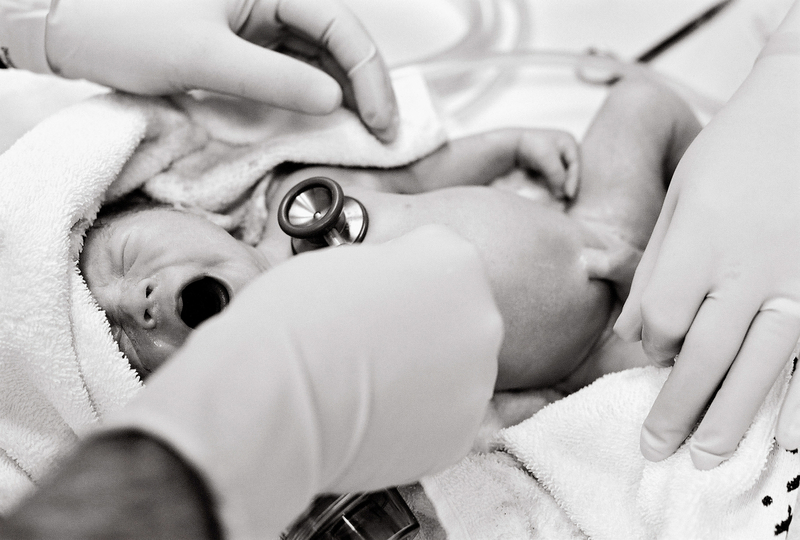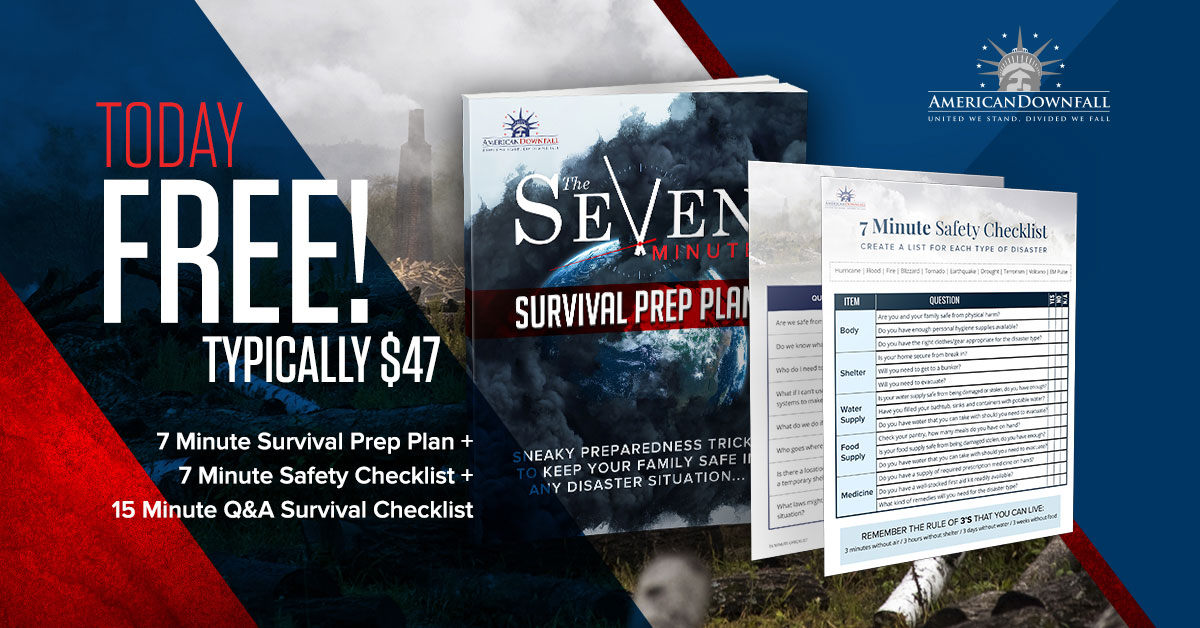While not ideal, if you find yourself in an emergency situation and you or someone near you has a little bundle of joy that decides “it’s time” panicking is not going to accomplish anything. Instead, it would be helpful to know the essentials of childbirth. Having this knowledge could come in handy and make a bad situation a little better for everyone around, especially the soon-to-be-mom.
Every delivery is different, and delivery can go anywhere from 2-20 hours or more.
The first stage of labor can begin two ways. Sometimes the mom’s “water” will break first, and then the contractions will begin afterward. Other times the contractions will begin and progress without the water breaking until later.
Early labor can vary from mild to almost non-existent discomfort. The purpose of initial contractions is to thin and dilate (open) the cervix.
Active labor brings on contraction that last longer, become stronger, and progressively get closer together.
The last part of active labor is usually referred to as Transition labor.
Transition labor is usually when the contractions reach their climax in strength and length. This is typically when the last of the cervix dilates completely. It is also when the worst of the labor pains happen.
If you can see how the cervix progresses during early and active labor, you should be able to determine when the cervix has completely dilated and moved out of sight.
When full dilation is complete, its time to start pushing. Encourage the mom to push during contractions and rest and breath in-between.
If she hasn’t practiced any breathing techniques to prepare for labor, a good one to encourage her with is the “hee-hee-hoo” with an emphasis on blowing out more air on the “hoo.”
Additionally, encourage her to breathe through her mouth. This will help discourage her from gritting her teeth and help keep her body more relaxed as a result.
If you can establish a point of focus for her to concentrate on, like an object in the room, or a specific person’s face, that will also help keep her on task and overcome the pain.
Be ready for a big mess!
If you’ve ever watched a labor scene in a movie, or on a documentary, one thing they don’t usually cover is the simultaneous movement of bodily functions during labor. Unless the woman hasn’t eaten or drank anything for over 24 hours, expect to deal with any pee or poop that gets pushed out before the baby shows its head.
It would be good to have someone standing by to help with any clean-up needed so you and mom can stay focused on the task at hand.
Also, be sure to reassure mom that what happened is completely normal and not to worry about, she needs to be focused on the baby and not worrying about holding her bowels or bladder.
Related Article: Survival Birth Kit List
Try to let the contractions and mom’s pushing do as much of the work as possible. Once the head is out, the shoulders will be coming next. If the baby’s shoulder gets stuck, you may need to gently turn or ease the area through the vaginal opening.
After the shoulders are out, it’s usually downhill from there. The rest of the baby usually slides out attached to the umbilical cord.
Have clean string or thread and a sharp pair of scissors or knife to cut the cord and tie off BOTH ends.
Clean the baby off as well as possible, and try to clear all breathing passages of excess fluid. If necessary, give the baby a smack on the butt, this will induce a cry, which will let the baby clear out a lot of the fluid him/herself.
Place him or her on the mom’s chest. Some infants may try to start breastfeeding immediately. Even if the mom isn’t planning to breastfeed, this initial contact will help both mommy and baby bond and distract mom for the next part, delivery of the placenta.
Very shortly after the baby is delivered, mom will start contractions again. These will separate the placenta from the wall of the uterus. As this part progresses, the mom might need to push a little to get the placenta out completely, but compared to the delivery of her baby, this part is usually much easier.
If you are in an emergency scenario and help isn’t readily available, keep the mom and baby warm and comfortable until help arrives.



